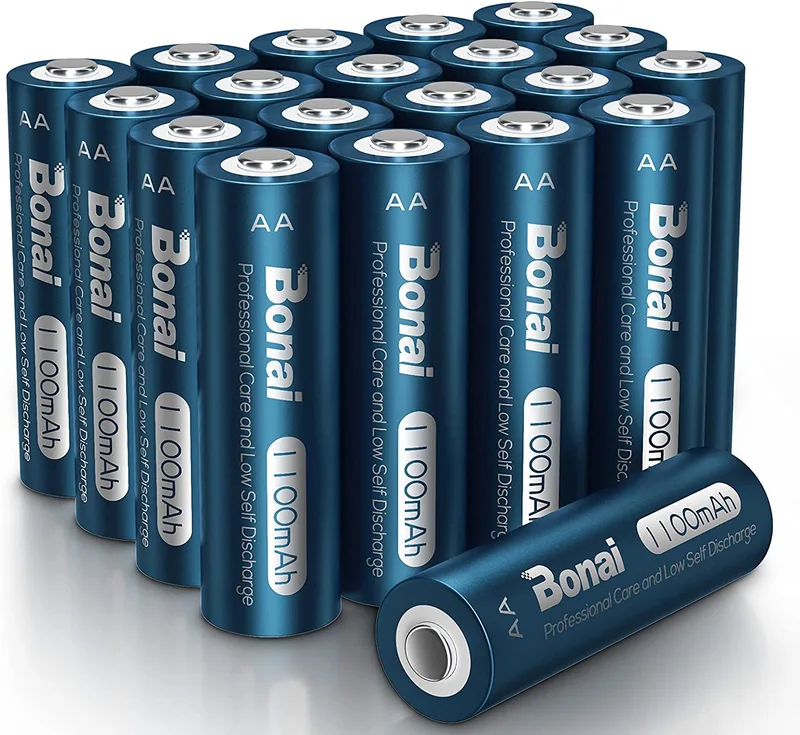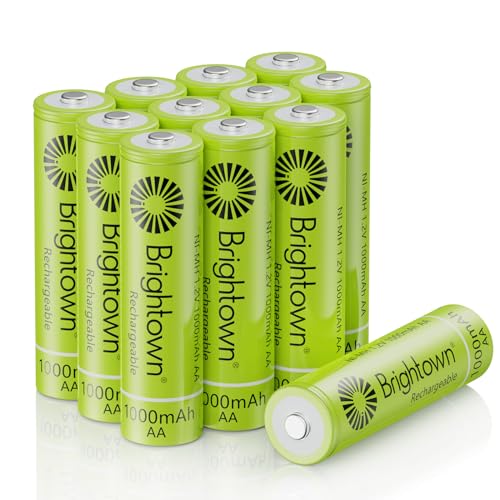Hey there! Let’s talk about solar light batteries – the unsung heroes of sustainable outdoor lighting! Whether illuminating your backyard or powering up a bustling street, having the right battery is key to keeping those solar lights shining bright.
Rechargeable batteries are always included in the fixture when you purchase solar yard lights. It is normal after a year or two to see their performance decline. Once you notice the lighting time is significantly diminishing, it’s probably time to replace the solar garden light batteries.
Rechargeable batteries are the leading cause of failure in solar garden lights.
But hold on; reduced lighting time can also indicate that the solar light batteries aren’t charging correctly. Regular cleaning of the solar panel is crucial for optimal charging performance. Dust and other residues can seriously impact the charging process by forming a layer on the solar panel and blocking the sunlight.
And remember to pay attention to the location of the solar lights. Batteries won’t charge correctly if the solar panel is in the shade – after all, they are solar!
Before replacing the solar light rechargeable batteries, try placing the solar lights under direct sunshine for a day or two to see if the illumination time returns to normal. If it does, the solar panel wasn’t getting enough sunlight.
An easy way to test if the batteries are dead is to briefly replace them with normal ones – to check if the light is working. If you’re testing the solar light during the day, cover it or darken the room to allow the photocell to trigger the light. And if the light turns on with regular batteries, it’s time to bid farewell to those rechargeable batteries and buy a new set.
Don’t worry; replacing solar light batteries is a breeze.
As long as you master the fine art of “screwdriving.” Locate the solar light battery cover, remove it, take out the faulty batteries, and replace them with a new set. If no battery cover can be found, the solar light needs to be taken apart. On most models, you’ll find some screws on the top or bottom of the light. Once the unit is open, you can access the solar light batteries.
If you need to store your garden solar lights for an extended period, during winter, for example, it is always a good idea to take out the batteries. By doing so, the solar light batteries will have a longer life span.
Most solar garden lights need between one to four batteries to function, and the three types commonly used are NiCad, NiMH, and LiPo. When it’s time to replace the solar light batteries, go for NiMH or LiPo batteries (if the solar panel performs well enough). They have more autonomy, a longer lifespan, and are more reliable.
You’ll typically find NiMH batteries in regular solar spotlights. They are affordable, eco-friendly, and longer lasting than your average alkaline battery. Consider the capacity and voltage – especially if you need to keep those lights on all night or have some hefty LEDs to power up.
And let’s not forget about professional-grade solar lights!
These babies need even more juice, and that’s where the big guns come out – enter the LiFePO4 battery. These batteries are pricier but oh so worth it. They’re more efficient, longer-lasting, and can handle extreme temperatures. These are the batteries you want for your solar flood lights.
Solar light replacement batteries are easy to find and standard across most models. So, keep those solar garden lights shining bright with the right battery replacement!
So, whether you want to create a cozy backyard oasis or light up your parking lot, remember that the correct solar light battery is key to ensuring your lights stay powered and shining bright. Keep an eye on capacity, voltage, and temperature range; you’ll be on your way to sustainable, long-lasting lighting in no time!
Important update alert! We’ve recently refreshed this post with the latest research and insights on Solar Light Batteries.




